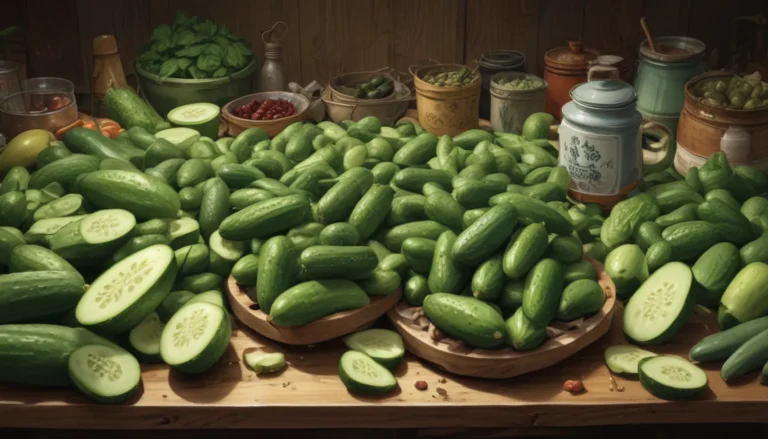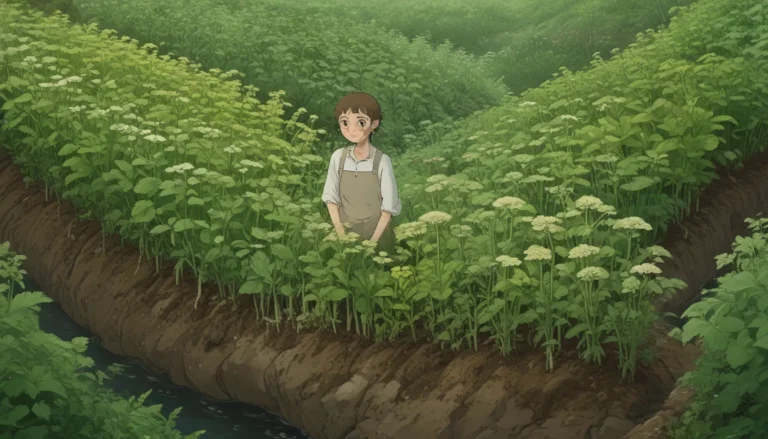A Complete Guide to 11 of the Best Purple Aster Varieties

Aster, a familiar name for a diverse group of flowering plants in the large Asteraceae family, encompasses a variety of species such as coneflowers, daisies, and sunflowers. Ranging from China to New England and Tatarian, these beautiful blossoms are sure to brighten up any garden.
Perennial varieties of asters thrive in USDA Hardiness Zones 3 to 8, while annuals can be grown in any temperate zone. With their transitional blooming period from late summer to the first frost, these plants are ideal for adding a pop of color to your landscape.
Here we will explore 11 of the best purple-hued aster varieties that are sure to make a statement in your garden.
Best Purple Aster Varieties
- Alpine
- Aromatic
- Dwarf Milady Lilac China
- Frikart’s
- Jewelaster Purple China
- New England
- New York
- Purple Burst China
- Silky
- Stokes’
- Tatarian
Get ready to transform your garden into a vibrant landscape with these stunning purple aster varieties. Whether you are looking for natives or non-natives, annuals or perennials, early or late bloomers, compact or tall plants, there is something for everyone in this diverse selection.
Native Perennials: Hardy Beauties of the Garden
If you are new to growing asters, you may be wondering about the aggressive nature of perennial varieties. While some native species may have vigorous growth habits, there are ways to manage them effectively to enjoy their vibrant colors without them taking over your garden.
Here’s a detailed look at each of the 11 purple aster varieties mentioned above:
1. Alpine
Aster alpinus
– Early bloomer from late spring to midsummer
– Ideal for border edging, rock gardens, and containers
– Available in shades of pink, purple, and white
– Noteworthy cultivars include ‘Happy End’, ‘Dark Beauty’, and ‘Goliath’
2. Aromatic
Symphyotrichum oblongifolium
– Late summer to fall bloomer with a mounding growth habit
– Blue-purple flowers with a fir-like aroma
– Cultivar ‘Raydon’s Favorite’ for deeper-toned blooms
3. Dwarf Milady Lilac China
Callistephus chinensis ‘Milady Lilac’
– Compact annual with above average wilt-resistance
– Ideal for containers, window boxes, and border edging
– Showy double-blooms with incurved lavender petals
4. Frikart’s
Aster x frikartii
– Hybrid perennial with exceptional drought tolerance
– Lavender to violet-blue flowers with mounding growth habit
– Cultivars ‘Mönch’ and ‘Jungfrau’ for varying heights and colors
5. Jewelaster Purple China
Callistephus chinensis ‘Jewelaster Purple’
– Semi-dwarf annual with showy jewel-toned blossoms
– Suitable for mid to back of bed placements
– Fully double flowers resembling chrysanthemums
6. New England
Symphyotrichum novae-angliae
– Late summer to fall bloomer with masses of tiny blooms
– Cultivar ‘Purple Dome’ for more compact growth and vibrant purple flowers
7. New York
Symphyotrichum novi-belgii
– Thin-stemmed native perennial with purple flowers
– Cultivar ‘Wood’s Purple’ for dwarf size and deep violet blooms
8. Purple Burst China
Callistephus chinensis ‘Purple Burst’
– Early summer bloomer with multicolored semi-double blossoms
– Compact annual suitable for containers and mixed plantings
9. Silky
Symphyotrichum sericeum
– Compact perennial with lavender to violet flowers
– Suited to xeriscaping and dry areas of the garden
10. Stokes’
Stokesia laevis
– Evergreen perennial with feathery blue, pink, and purple flowers
– Cultivars ‘Honeysong Purple’ and ‘Peachie’s Pick’ for varying bloom times and colors
11. Tatarian
Aster tataricus
– Non-native perennial with curative properties in its roots
– Lavender-hued flowers with a mounding growth habit
– Cultivar ‘Jindai’ for compact size and suitable for hedges
Tips for Success
Growing asters can be a rewarding experience, but keeping a few tips in mind can help you achieve success with these vibrant plants:
- Allow for Adequate Airflow: Avoid overcrowding plants to prevent fungal conditions like powdery mildew.
- Weed Management: Keep your garden free of weeds to deter pests like leafhoppers that can spread diseases.
- Staking and Camouflaging: Stake tall varieties to prevent legginess and place low-profile plants in the foreground to mask bare lower stems.
- Deadheading: Regularly deadhead spent blooms to limit self-sowing and control spreading.
With these tips in mind and a selection of beautiful purple aster varieties at your disposal, you are ready to transform your garden into a vibrant and dynamic outdoor space. Whether you prefer the annual drama of C. chinensis cultivars or the perennial charm of native wildflowers, there is an aster variety for every gardener’s preference.
So grab your garden planner and make room for these stunning purple hues in your landscape today. Whether you choose to experiment with different varieties each year or cultivate a perennial haven for beneficial insects, asters are sure to add color and life to your outdoor space.
If you enjoyed this comprehensive guide to purple aster varieties, be sure to explore more articles on growing and caring for these stunning plants. From pruning tips to detailed species guides, there’s a wealth of information available to help you make the most of your aster garden.
Remember, gardening is not just a hobby – it’s a journey of discovery, creativity, and beauty waiting to unfold in your own backyard. So go ahead, unleash your inner gardener, and let the vibrant hues of purple asters brighten your days throughout the seasons.
Keywords: purple aster varieties, perennial asters, asteraceae family, purple aster varieties, perennial asters, asteraceae family.





